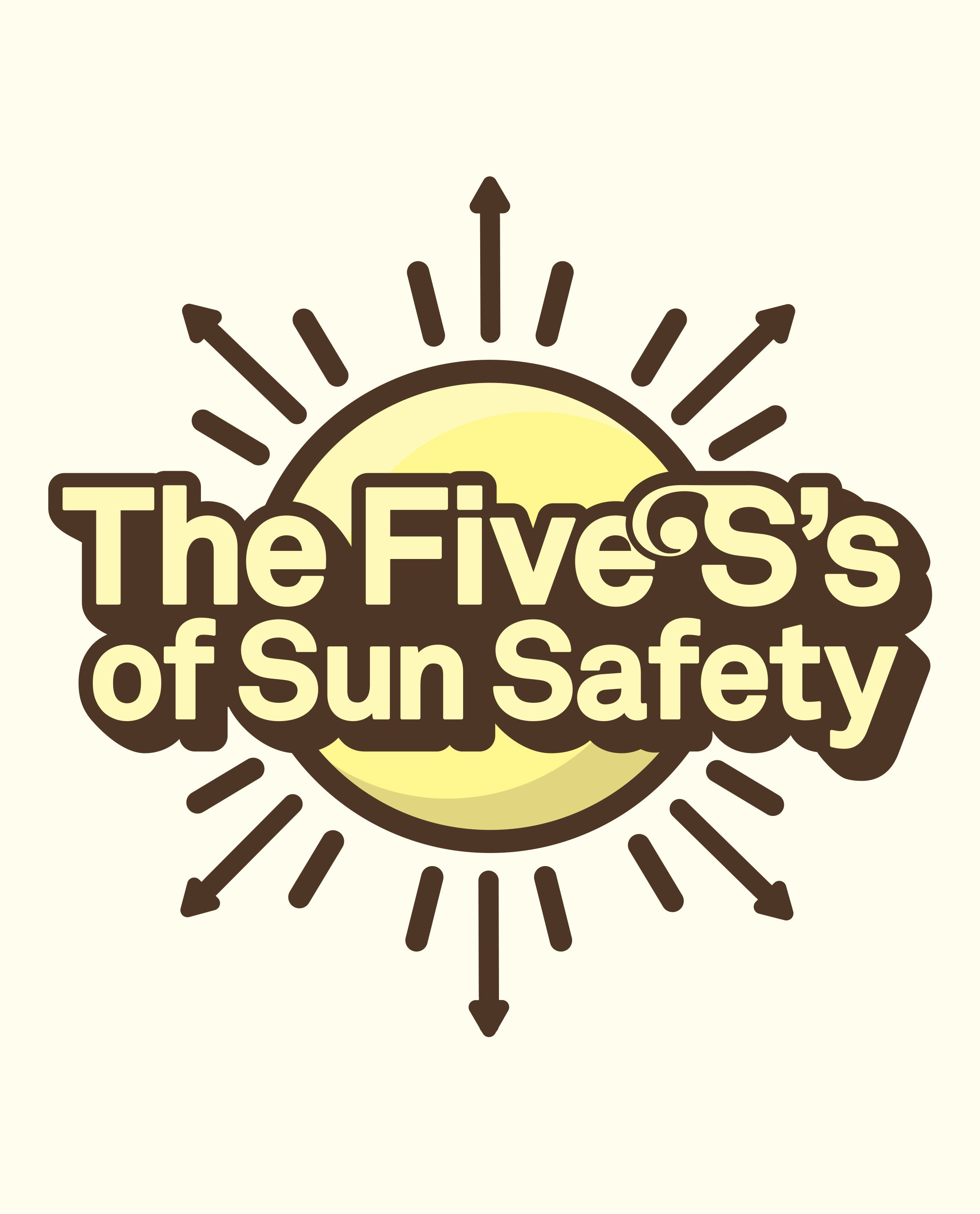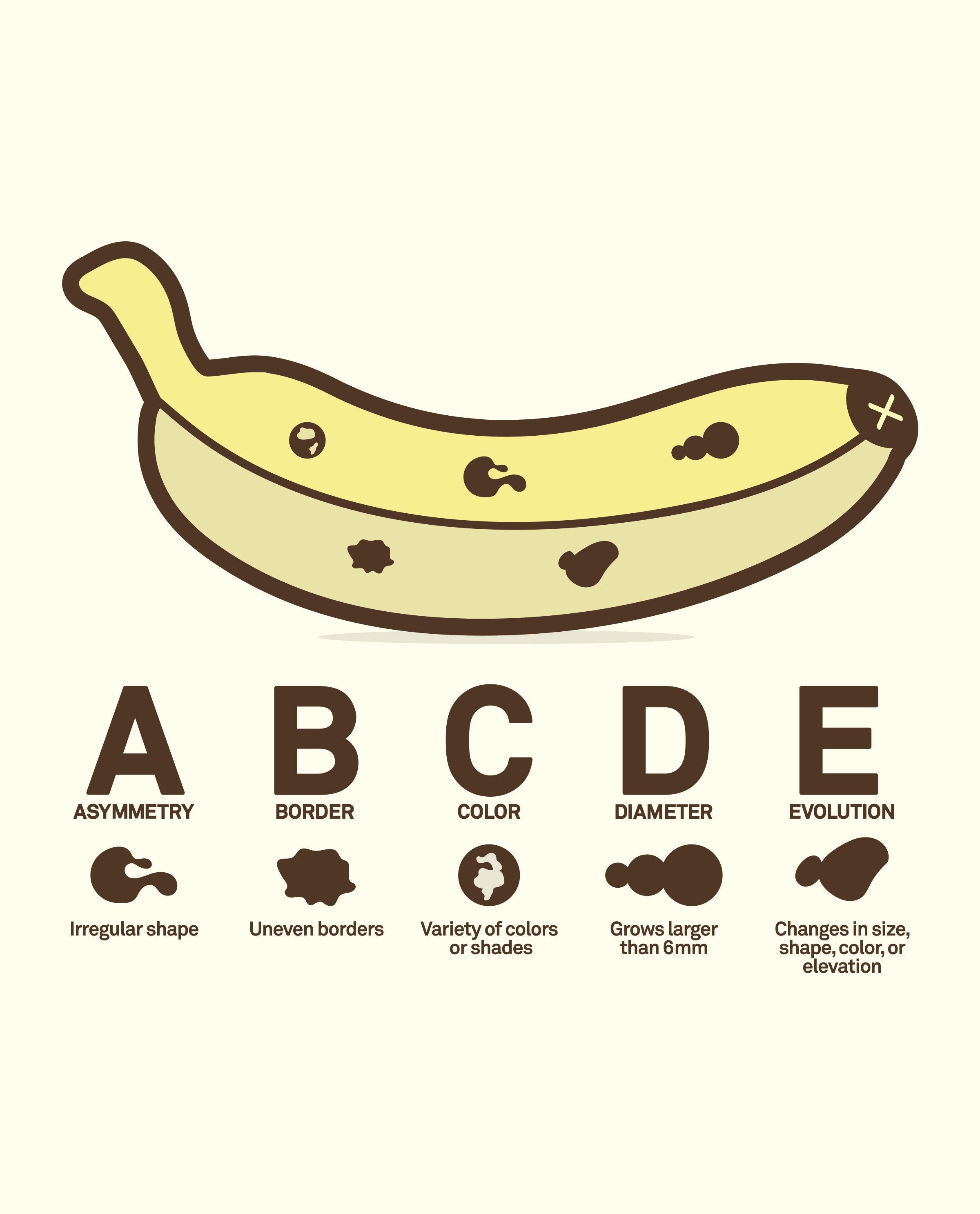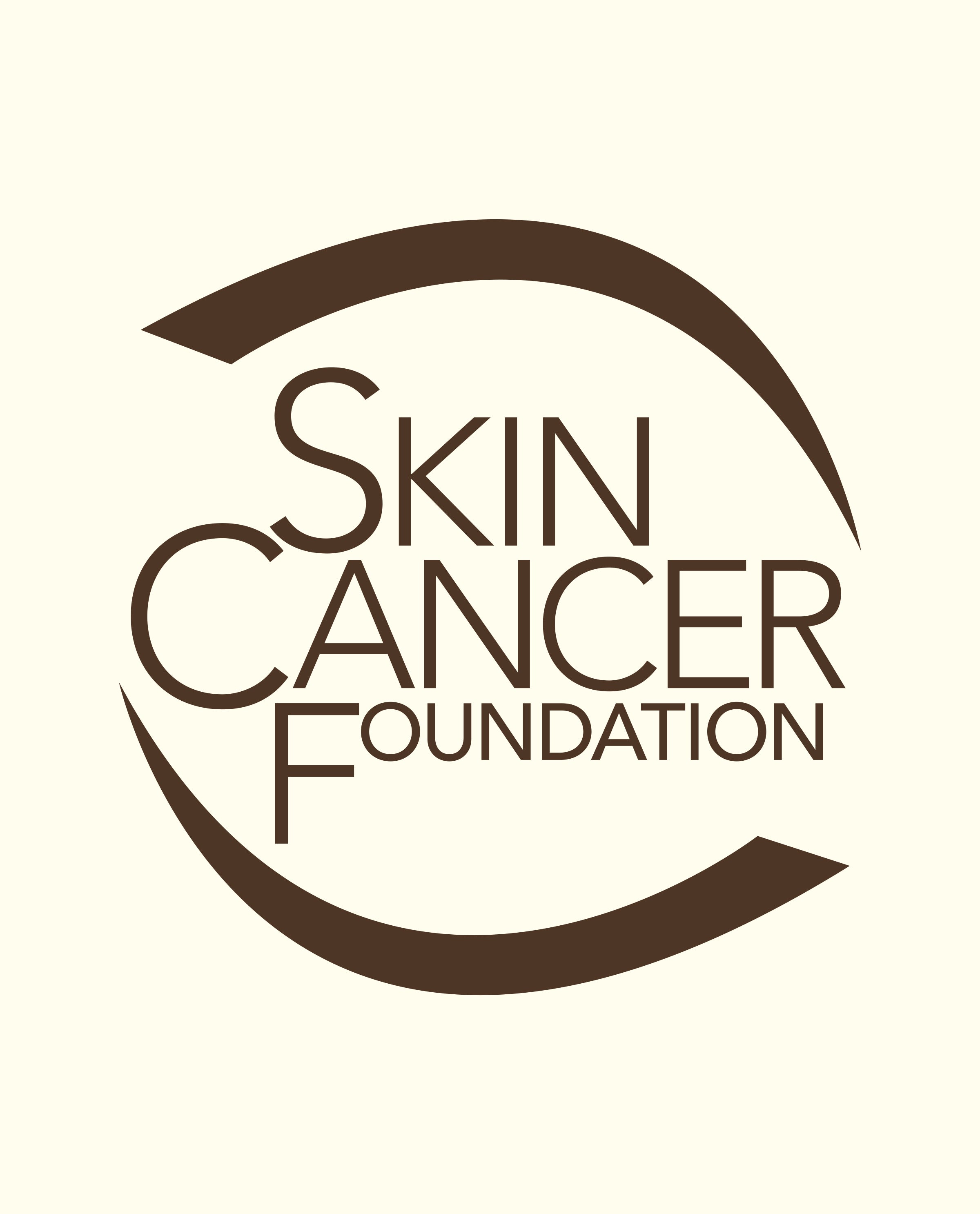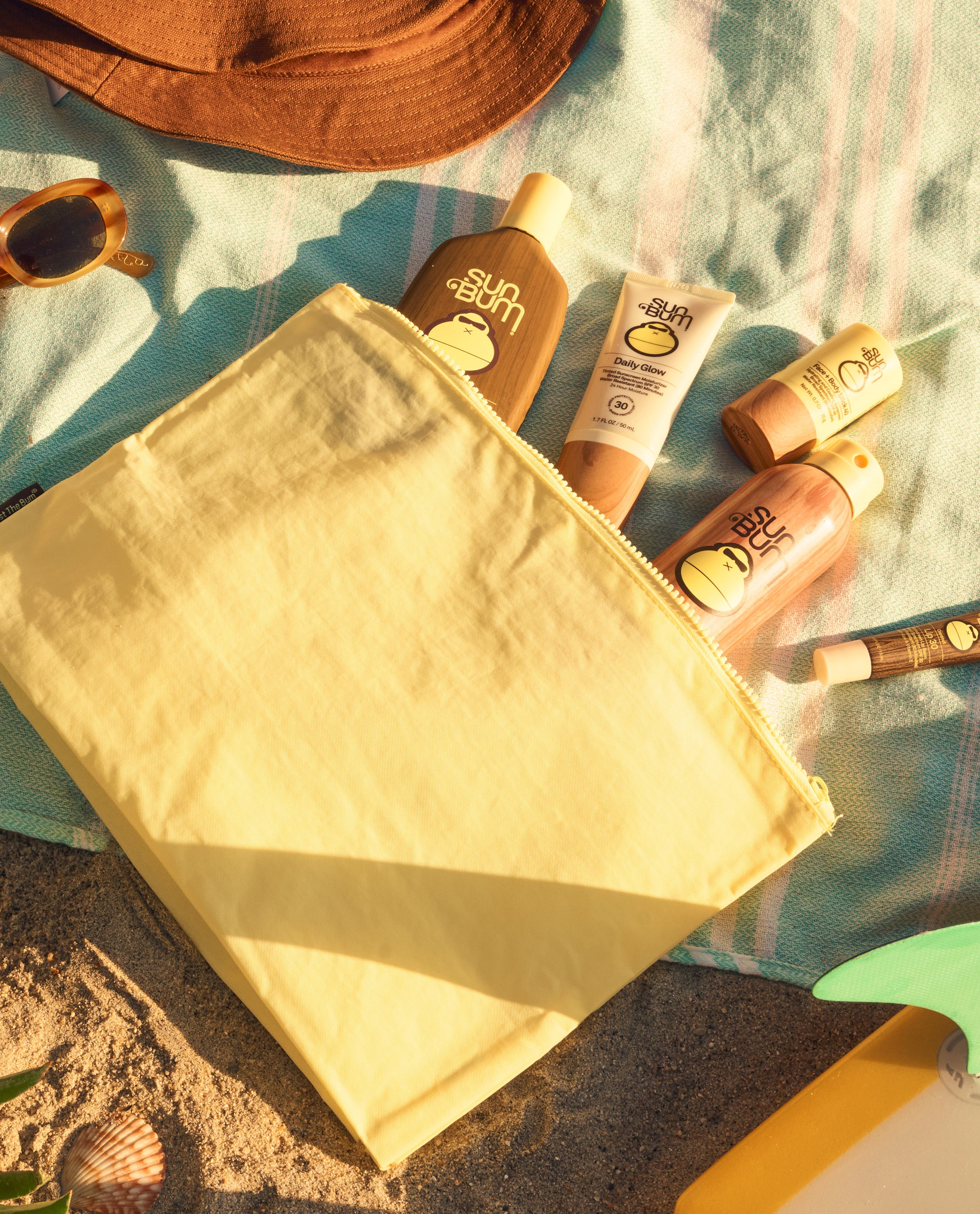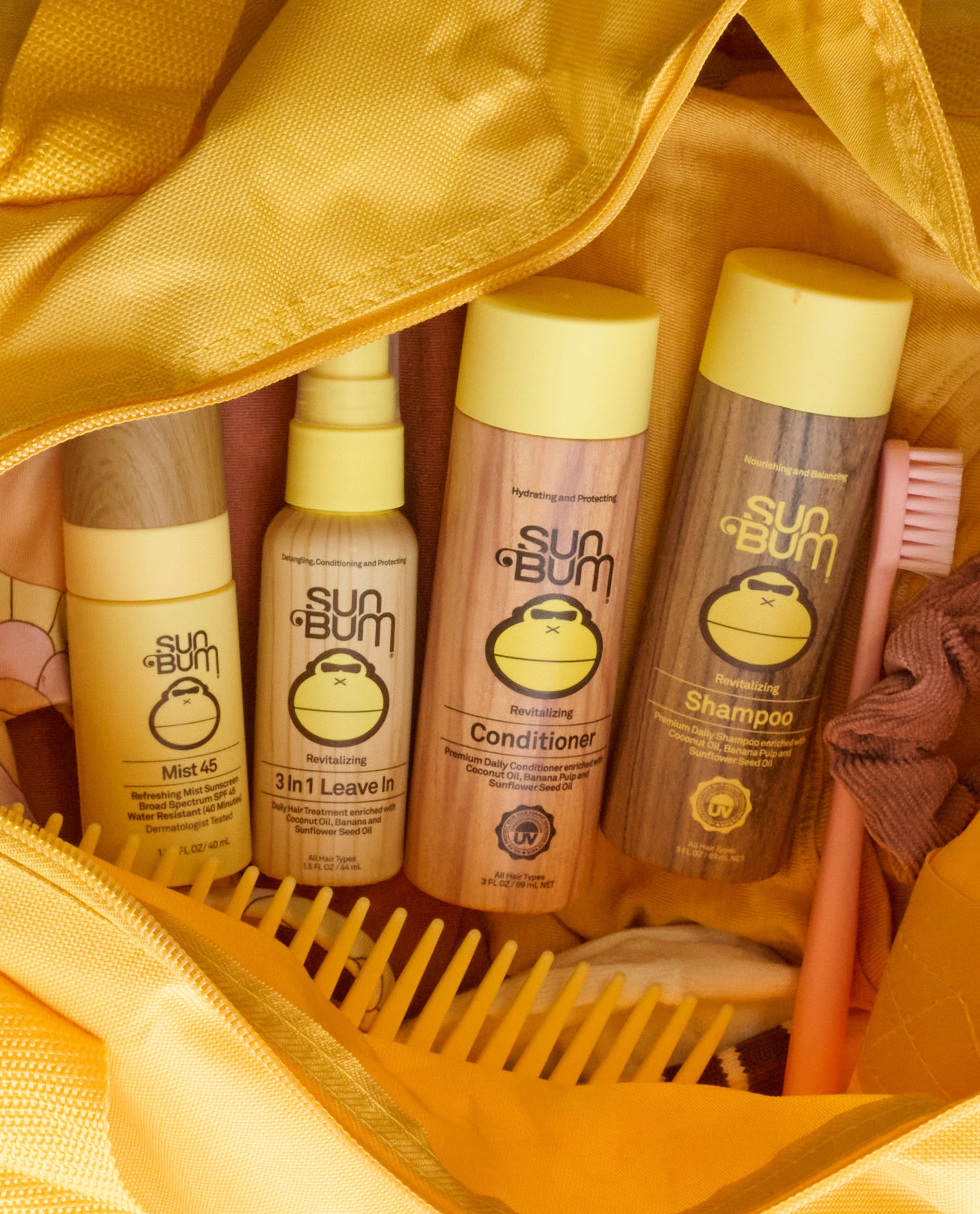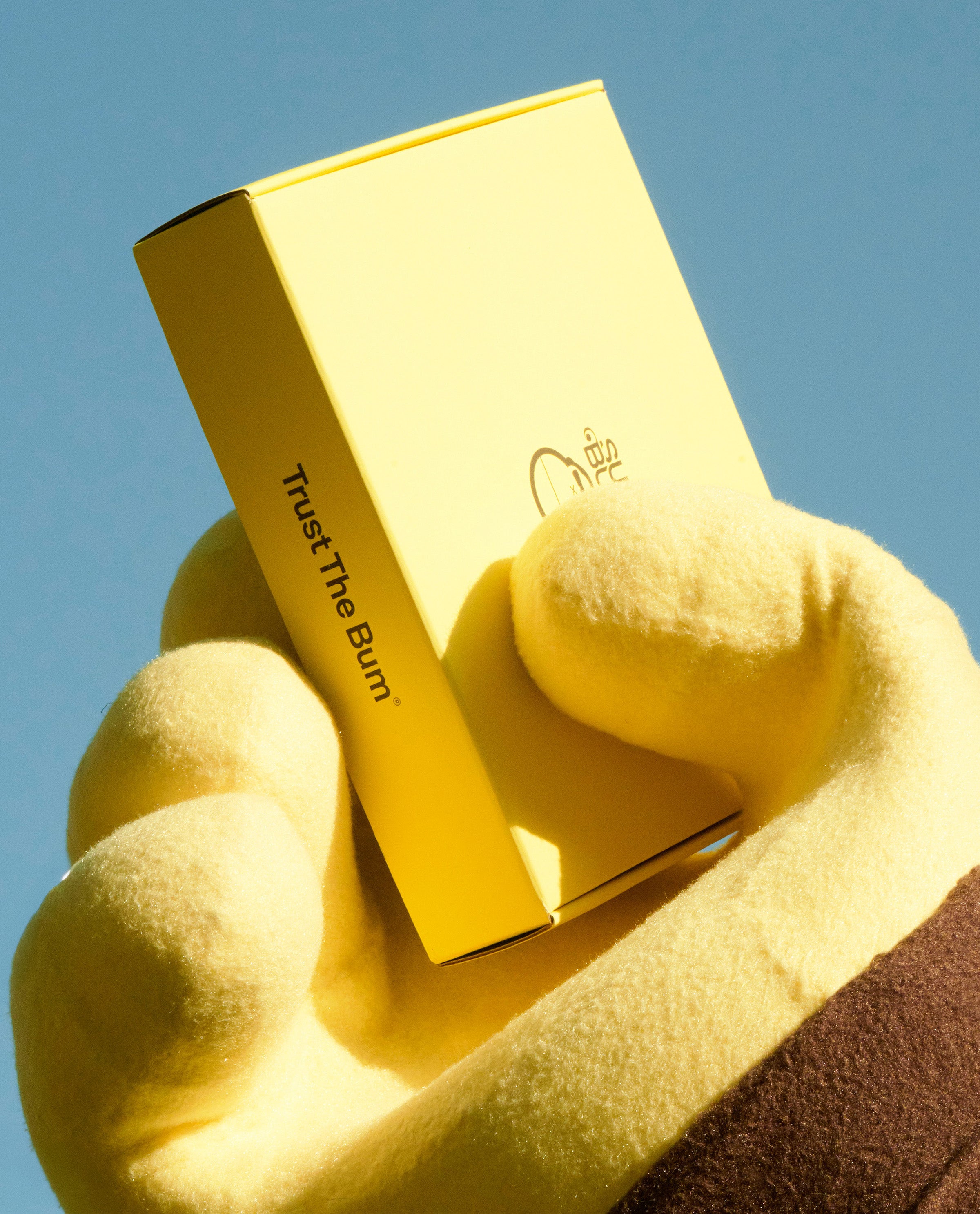Understanding UVA vs. UVB Rays
Understanding UVA vs. UVB Rays
Our lives literally revolve around the sun. While there wouldn’t be life on Earth without it, the sun and its infinite energy is a force we must treat with both respect and caution. In this guide, we’ll learn more about we'll learn more about the invisible rays that are part of the energy that comes from the sun known as ultraviolet (UV) light. In particular, we’ll break down the differences between two types of UV rays that affect human skin: UVA versus UVB rays.
What Is UV Radiation?
The sun emits a broad spectrum of radiation toward planet Earth. We can feel infrared rays — those are the ones that provide warmth. What we don’t feel (until it’s too late) are ultraviolet rays. While most gets absorbed by the atmosphere, UVA and UVB do break through and, if we don’t take precautionary measures, they can affect the cellular structure of our skin.
What Is the Difference Between UVA and UVB Rays?
In technical terms, UVA rays have a longer wavelength, which affects our skin over time. They are associated with skin aging. UVB rays, on the other hand, have a shorter wavelength and are associated with skin burning and skin damage. That time you fell asleep by the pool and woke up looking like a lobster? You can thank UVB rays for your painful souvenir. Despite their differences, both UVA and UVB rays can have carcinogenic effects on the skin.
What Are UVA Rays?
While less intense than UVB, UVA rays penetrate the deeper layers of your skin. Prolonged exposure can cause genetic damage to cells, accelerating skin aging and increasing the risk of skin cancer. UVA makes up most of the UV radiation reaching Earth, meaning we’re all exposed to it whether we’re inside or outdoors. To mitigate the long-term effects of UVA exposure, dermatologists now recommend applying broad spectrum sunscreen as part of your daily skin care routine.
Health Risks of UVA Rays
UVA rays affect our skin in multiple ways. Here are the key risks associated with overexposure to UVA:
- There is no such thing as a “safe” tan. Tanning is the result of your body protecting your skin from exposure to UVA rays. Too much “tanning” causes premature aging of the skin and accelerates the risk of skin cancer.
- UVA rays are a “slow burn,” penetrating your skin more deeply than UVB rays. Prolonged exposure causes genetic damage to cells on the innermost part of your top layer of skin (epidermis), where most skin cancers occur.
- UVA rays penetrate windows and cloud cover. So, if you’re not taking precautionary measures, your skin can still be affected on dreary days or even when you’re indoors (especially if you live in a glass house).
What Are UVB Rays?
While UVB radiation makes up only 5% of the UV rays from the sun, it packs a punch. UVB is the shorter wavelength, high-energy form of radiation that damages the outermost layers of the skin within minutes of exposure — especially between the hours of 10 a.m. and 2 p.m., when the sun’s rays are strongest.
Health Risks of UVB Rays
Here are the key risks associated with overexposure to UVB rays:
Skin damage. UVB rays affect the outer layer of your skin and, over time, can cause premature aging. In the short term, they cause tanning and sunburn.
Blistering and Peeling. UVB rays can cause a serious condition called blistering. This is when fluid fills up space between different layers of skin and eventually dries up and sheds, resulting in “peeling.” Keep in mind that just two blistering sunburns can double your lifetime risk of melanoma.
Skin cancer. Excessive UVB ray exposure increases your risk of getting skin cancer in the form of basal cell carcinoma and squamous cell carcinoma. It can also cause a serious type of skin cancer called melanoma, which originates in the cells (melanocytes) that make our pigment and gives our skin its color.
Benefits of UVA and UVB Rays
We’ve talked a lot about the potential hazards of UVA and UVB rays, but these invisible wavelengths also provide some health benefits. Small doses (no more than 10 minutes) of UVB ray exposure can help skin cells produce vitamin D3 — important for muscle and bone health.
In addition, both UVA and UVB rays are used in treatments for certain skin conditions. Called “phototherapy,” it’s a form of light therapy prescribed for cases of skin ailments like psoriasis, eczema and vitiligo. It can also be prescribed for rickets, a condition in children where bones grow weak due to Vitamin D deficiency.
Protecting Yourself From UV Exposure
To be clear: UVA and UVB rays are beneficial only in the smallest doses and you should continue to take preventative measures to minimize your skin’s exposure to the sun. Here are a few tips to ensure your chances of skin damage or skin cancer are at a minimum:
- Apply sunscreen (a minimum of SPF 30) daily. Incorporate it into your morning skin care routine and re-apply after being active outdoors. Be mindful of any time you remove your protective layers (such as sweating, towel drying at the pool or removing articles of clothing).
- Wear sun-protective sleeves, sunglasses and hats when you’re spending extended time in the sun. They’re more than just a fashion statement.
- Seek shade as much as possible during peak sun hours, typically between 10 a.m. and 4 p.m.
- Apply UV-protective film to your windows
FAQs About UVA vs. UVB Rays
Is UVB or UVA More Harmful?
Both UVA and UVB rays are capable of damaging your skin and causing cancer. UVA rays affect the deeper layers of our epidermis over a long period of time, while UVB rays are largely responsible for top-layer “burns.” Bottom line: use broad-spectrum sunscreen to ensure you’re mitigating the harmful effects of both forms of UV rays.
Does UVA or UVB Cause More Cancer?
It’s widely established that UVB rays affect our skin at the cellular level and are more directly connected with cancer-causing genetic mutations. However, since 95% of the rays that reach us are UVA rays, overexposure to UVA over long periods of time can contribute significantly to the risk of developing skin cancer.
Does Sunscreen Block UVA or UVB Rays?
Mineral sunscreens or zinc-based sunscreens reflect the sun’s harmful rays. Non-mineral sunscreens (made with active ingredients like Avobenzone, Octocrylene, Octisalate and Homosalate) absorb most of the sun’s harmful rays before they can cause damage to the skin.
Is Vitamin D From UVA or UVB?
UVB is the main source for producing vitamin D since it affects our skin at the cellular level.





